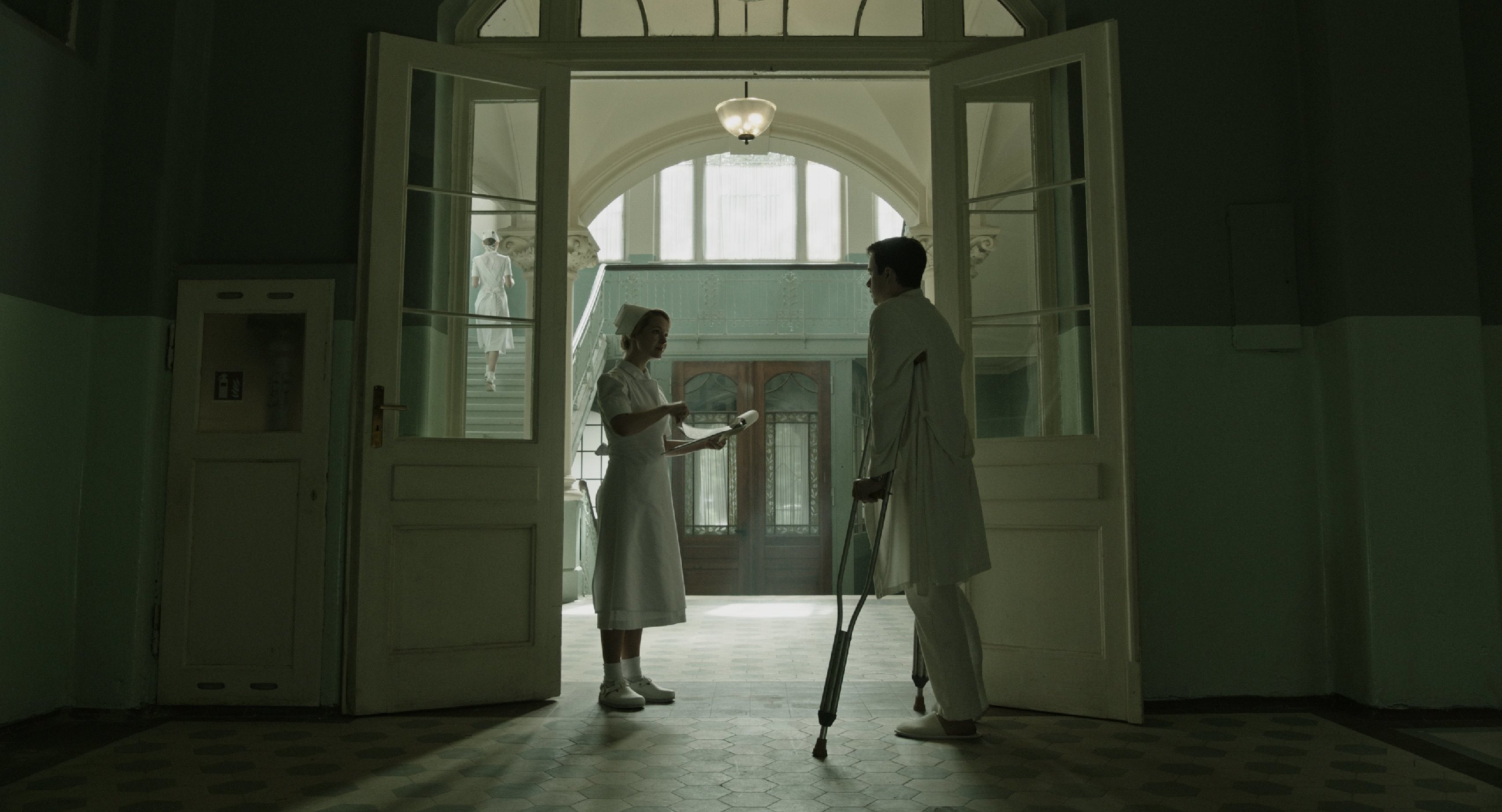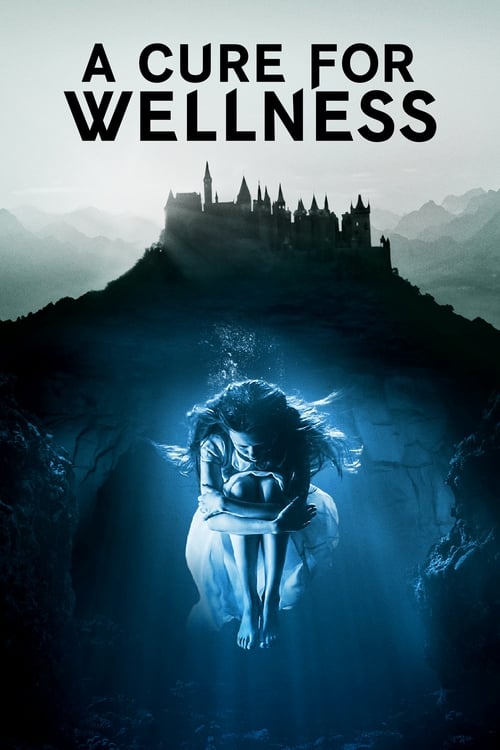A Cure for Wellness – Film Review
Published September 18, 2023

A Wall Street stockbroker travels to a remote location in the Swiss Alps to retrieve his company’s CEO from an idyllic but mysterious wellness center. He soon suspects that the miraculous treatments are not what they seem. His sanity is tested when he unravels the spa’s terrifying secrets and finds himself diagnosed with the same curious illness that keeps all of the guests there longing for a cure.
A Cure for Wellness, directed by Gore Verbinski, is a visually stunning and thematically intriguing film that falls short of its potential due to a convoluted plot and pacing issues. While it boasts impressive cinematography and an eerie atmosphere, it struggles to maintain its momentum throughout its lengthy runtime.
Set against the backdrop of a remote Swiss wellness center, A Cure for Wellness follows the journey of Lockhart (Dane DeHaan), a young and ambitious executive tasked with retrieving his company’s CEO, Pembroke (Harry Groener), from the mysterious spa-like facility. From the very beginning, Verbinski crafts a visually captivating world that immerses the audience in a sense of foreboding. The film’s cinematography, led by cinematographer Bojan Bazelli, is nothing short of breathtaking. The sprawling, Gothic-style sanitarium nestled in the Swiss Alps is a character in itself, exuding an unsettling beauty that creates a palpable sense of unease.
The film excels in its ability to build tension and a sense of impending doom. Verbinski’s use of wide shots of the sprawling facility, coupled with the hauntingly effective score by Benjamin Wallfisch, creates an atmosphere of isolation and dread. The slow, deliberate pacing, while criticized by some, adds to the film’s eerie ambiance, allowing the audience to marinate in the unsettling world of the sanitarium.
The cast delivers solid performances, with Dane DeHaan as Lockhart anchoring the narrative. DeHaan’s portrayal of a driven and skeptical executive forced to confront his own demons adds depth to the character. Jason Isaacs, in the role of Dr. Heinreich Volmer, the enigmatic director of the spa, gives a chilling performance that keeps the audience guessing about his true intentions. Mia Goth, playing a mysterious patient named Hannah, brings an ethereal quality to her character that enhances the film’s enigmatic aura.
As the narrative unfolds, A Cure for Wellness raises thought-provoking questions about the pursuit of eternal youth, the corrupting influence of power, and the dark side of the healthcare industry. It delves into themes of isolation, identity, and the consequences of unchecked ambition. The film’s allegorical elements are intriguing, offering viewers a chance to explore deeper philosophical and moral dilemmas beneath its eerie surface.
However, where A Cure for Wellness falters is in its execution of these complex ideas. The plot becomes increasingly convoluted as it progresses, leading to a sense of frustration rather than enlightenment. The film’s ambiguity, while often a hallmark of psychological horror, becomes a double-edged sword here. It leaves too many loose ends and unresolved mysteries, ultimately leaving the audience with more questions than answers. While some may appreciate the open-ended nature of the narrative, others will find it unsatisfying and confusing.
Furthermore, the film’s length becomes a significant drawback. At a runtime of over two and a half hours, A Cure for Wellness struggles to maintain its grip on the audience’s attention. The deliberate pacing, while effective in building tension initially, becomes a hindrance as it drags on. There are moments where the film feels padded, with scenes that could have been trimmed to create a more concise and engaging narrative.
Additionally, the film’s use of disturbing imagery and graphic content may be off-putting for some viewers. While these elements contribute to the film’s unsettling atmosphere, they may overshadow its thought-provoking themes and deter those with a lower threshold for horror.
In terms of character development, A Cure for Wellness leaves much to be desired. Lockhart’s transformation feels rushed and underdeveloped, and his motivations become increasingly unclear as the story unfolds. Similarly, the characters of Hannah and Dr. Volmer are shrouded in mystery, and their backgrounds are never fully explored, leaving the audience with a sense of detachment from them.
Despite its shortcomings, the film is undeniably a visually captivating and thought-provoking. Verbinski’s direction and Bazelli’s cinematography work in tandem to create a world that is as beautiful as it is unsettling. The film’s themes resonate with contemporary concerns about the healthcare industry and the pursuit of eternal youth, offering a unique perspective on these issues.
A Cure for Wellness is a film that tantalizes with its potential but ultimately falls short of delivering a fully satisfying experience. Its stunning visuals, eerie atmosphere, and thought-provoking themes are undercut by a convoluted plot, pacing issues, and an excessive runtime. While it may appeal to those who enjoy psychological horror and are willing to embrace ambiguity, it may leave others feeling frustrated and disconnected. Despite its flaws, it is a film worth experiencing for its unique vision and moments of brilliance.
